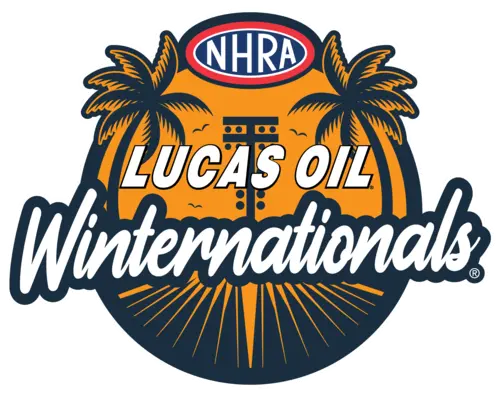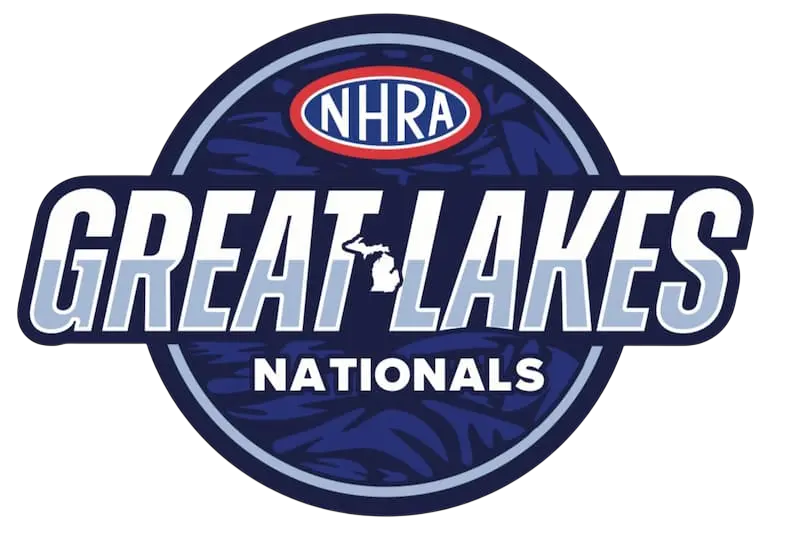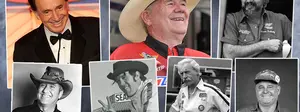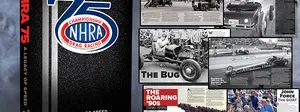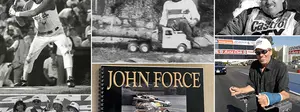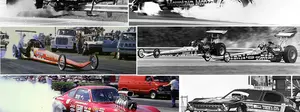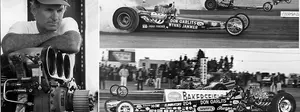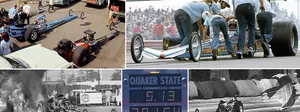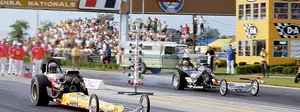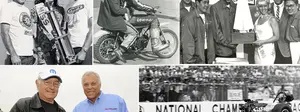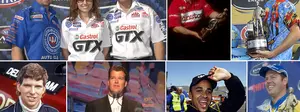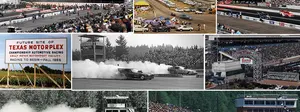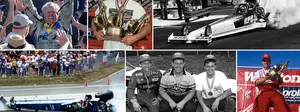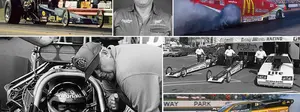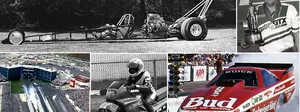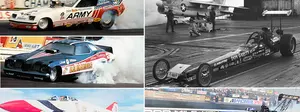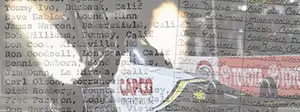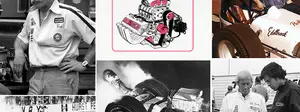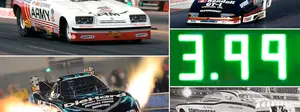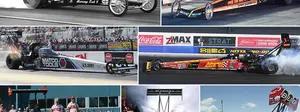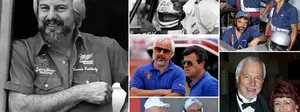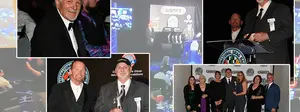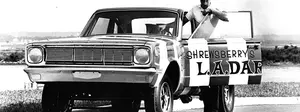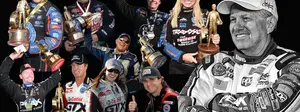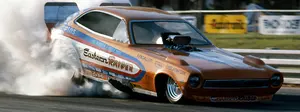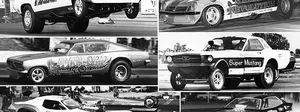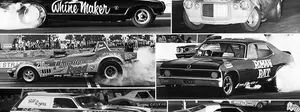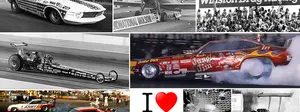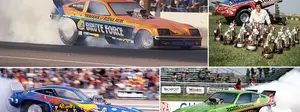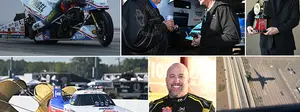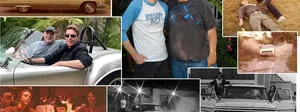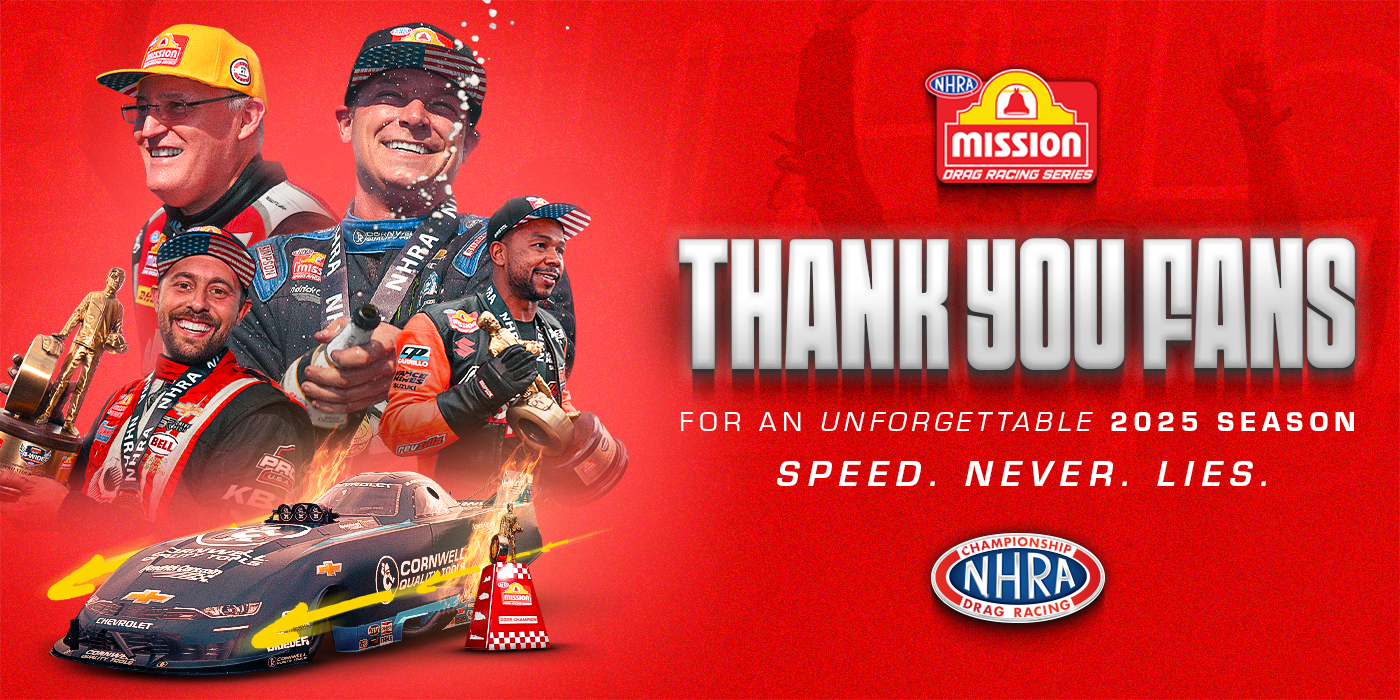

From the mailbag ...
One of the (many) great things about writing a regular column such as this is that it sometimes becomes self-sustaining. Things you write are responded to by our always enthusiastic and knowledgeable community and become items unto themselves. I’ve been happy and honored to have some high-profile regular readers – former drivers such as Gordie Bonin, Rob Bruins, Don Roberts, and Simon Menzies, to name but a few, as well as industry experts such as former ND Editor Bill Holland and drag racing know-it-all Dave Wallace Jr. -- eager to jump in and share their information or experiences for the benefit of the readers here. It’s always exciting to see familiar names pop up in the Inbox each day.
That said, here’s a sampling of recent e-mails of this, that, and the other thing.
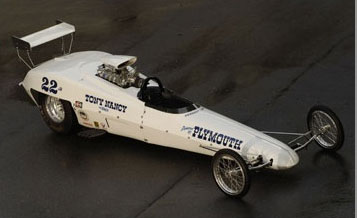 |
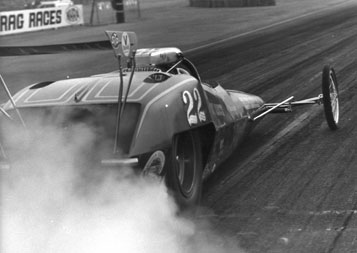 |
In my recent column about Don Garlits’ rear-engine dragster, I cited quite a few of the rear-engine cars that preceded his by several years, including Tony Nancy’s sleek Wedge dragster. The gas-burning machine, powered by a supercharged wedge-headed Plymouth V-8, was a head-turner wherever it went, including on a visit to England during NHRA’s fabled trip across the Atlantic in 1964. I cited Steve Swaja as the designer and Frank Huzar as the builder, which prompted Swaja, one of the most talented drag-car designers in history, to pass along details.
“Tony initiated the engine-in-back idea, early in 1963, as I recall. He and I discussed the layout, finally agreeing on the wheelbase (I wanted at least 150 inches; Tony finally agreed to 145, long at that time). My concept was to have his viewpoint – again, at least -- at the midpoint of the wheelbase. I woulda liked more than 150, but his was the final say. The narrow rear tread width was initially a possible solution to the previously 'notorious' mishandling of short-wheelbase RED types. Narrow rear, driving in a straight line, wider front axle (60 inches) for balance and softer steering input. The narrow rear tread also allowed for the more slippery full body.
“Tony always favored a classy look. I noodled on a body design for several weeks before doing a final presentation brochure, then completed a scaled plan drawing for the body, from which a 'buck' was built to form the aluminum over.
“The first version was built in mid-late 1963. Huzsar/[Roy] Steen built the chassis, Emil Deidt (of Scarab sports car fame) came out of retirement to build the body. While the car debuted at the 1964 Winternats (mostly for tech approval), it didn't run till a month later, at the San Fernando strip. Also, while it was originally painted in the same red-orange as Tony's modified roadster, it first ran in white. The first version included a double torsion bar rear suspension (ran low gas e.t. at the [Hot Rod magazine] drags that year, 8.51) and did roll in the lights at an Eastern track that summer. The second version (Wedge II) was rebuilt in time for the England trip in early September 1964 -- sans the rear suspension -- and remains as that sold at the Monterey auction in late 2007."
Swaja also single-handedly designed Nancy’s first dragster, The Silver Car. He drew up the chassis and body design, which was executed by “Tubular Tommy” Ivo and Rod Pepmuller at their shop and featured a body by aluminum master Bob Sorrell and won Best Engineered at its first race, the 1963 Winternationals. Swaja also did body designs for Ewell-Stecker-Kamboor, Wenderski, Scrima-Milodon, Rocky Childs, Dusty Rhodes, Ivo's Videoliner, Smirnoff, Eagle Electric, and Fred Fischback, among others, as well as Hot Rod magazine's famed XR-6 experimental roadster.
“Tony took me under his wing, taught me a lot, and put up with a lot of stupid mistakes on my part over the years,” concluded Swaja of his good friend Nancy, who passed Nov. 11, 2004. “Still hard to believe he's not around. I always thought of him as ageless. I did get a bit of a smirk last Sunday, as the portion of the Monterey auction that included the Wedge was on ESPN2 and showed my name next to the term 'coachwork.' Certainly, too, did I get a good feeling at the '07 California Hot Rod Reunion in finding that four restorations of my '60s designs were on hand: Ewell's Chubasco, Rocky Childs' Addict, Eagle Electric, and the Smirnoff.”
Thanks, Steve, and my readers thank you.

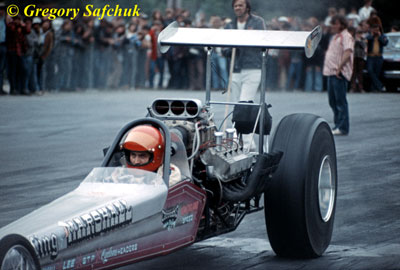 |
The prolific Don Roberts also got back to me to share his views of the transition from slingshots to rear-engine dragsters. The fabled King & Marshall team for which he drove got its first back-engine masterpiece –- this Garlits car -- in August 1972 and ran it through the end of 1973 before devoting its attention to Funny Car.
“I couldn't wait for [that car] to be finished,” remembers Roberts. “I had too much oil, water, and parts thrown in my face with the front-engine cars. Don't get me wrong, I love those cars, but if I could get in something with all the fire behind me, I was all for it. We parked the front-engine car in August 1972, and the rear-engine car made its maiden voyage the middle of August 1972 at a Grand American race at New England Dragway.
“I made the first run on a Saturday night. I had never driven a rear-engine car. On the very first run I let the clutch out and this car shook the tires from the starting line to the finish line. It ran 6.61 at 221 mph. I was standing on the return road looking at this car that just about shook my teeth out and thought to myself, ‘If this is what these cars are like, I'll take the old front-engine car back. It never shook me like that.’ After we got back to the pits, it was discovered that there was no air in the inner liners of the rear tires on that run. Forty pounds of air in the liners later, we made another run. This time, it was smooth as silk and ran 6.59 at 223 mph. The next day, we were runner-up to Tom Ivo and ran 6.50 at 225 mph. I liked this car! Racing at night was always a big thrill for me. What I missed the most at night was the wall of flame from the headers, and in the front-engine cars I had the best seat in the house to watch it all going down the track.”

 |
I was also quite tickled to hear from Bob Post, whose marvelous book High Performance I touted in that article. I heard from so many of you who likewise love the book, including Mark Watkins, whose copy sits on the nightstand next to his bed, and good pal Henry Walther (of Larry Minor team fame), who has had his copy autographed by many of those featured in the book.
“That Les Lovett photo of Jim Davis on the cover has been around now,” Post reports of the searing image of a front-engine dragster with the header flames pulsing. “15,000 some-odd on the cover of the various printings and editions, maybe the same number on advertising flyers over the years, a couple of thousand T-shirts in two different versions, press kits at the start, and what have you. When I did the revised edition in 2001, I asked the art director at Johns Hopkins whether she wanted something different, and she said, ‘No way, there couldn't possibly be a better cover photo!’ And I realized she was right.”
I’ve asked Bob to share with you what went into the creation of the book, and hopefully we’ll have that in the future. In the meantime, grab yourself a copy.
Okay, that’s it for now. Don’t forget to write!





